19021 120th Ave. NE, Ste. 102
No part of this product may be reproduced in any form, unless otherwise stated, in which case reproduction is limited to the use of the purchaser. The written instructions, photographs, designs, projects, and patterns are intended for the personal, noncommercial use of the retail purchaser and are under federal copyright laws; they are not to be reproduced by any electronic, mechanical, or other means, including informational storage or retrieval systems, for commercial use. Permission is granted to photocopy patterns for the personal use of the retail purchaser. Attention teachers: Martingale encourages you to use this book for teaching, subject to the restrictions stated above.
The information in this book is presented in good faith, but no warranty is given nor results guaranteed. Since Martingale has no control over choice of materials or procedures, the company assumes no responsibility for the use of this information.
Library of Congress Cataloging-in-Publication Data is available upon request.
Introduction
These days there is a wide and wonderful assortment of quilting fabric readily available for anyone who wants to make a quilt. Sounds great, right? It sure is, but it can also make the process of choosing fabric for a quilt a little overwhelming. Thankfully, Moda Fabrics and a number of other companies introduced precut fabric bundles several years ago and made all of our lives much easier.
Precut bundles contain at least one of each print in a fabric collection, depending on the type of bundle. There is quite an array of bundles on the market, and I truly love them all, but Layer Cakesstacks of precut squaresare the ones I reach for most often. They contain about 42 squares (the number of squares may vary), each 10" x 10". Layer Cakes make it affordable to have pieces of all the fabrics in a collection, and their size allows you to cut them into any number of combinations to make a quilt.
All of the projects in A Piece of Cake are made with precut squares, but that doesnt mean that you must use only precut squares. If you have a bundle of fat eighths or fat quarters handy, you can just as easily use that, or if youre like me and have a healthy fabric collection, you could even cut 10" squares from your stash.
Some of the projects in this book are fast to make, such as Modern Spools (), and some are just plain fun! All are designed to help build your skills as a quilter while you make beautiful quilted memories to cherish and share. Im sure youll find something you love.
XO,
Peta
Playing Around Again
I love big-block quilts, especially when the blocks are simple, like the one used in Playing Around Again. They making sewing a quilt fast and funperfect for when youre short on time but need a good-sized quilt.

Playing Around Again, pieced by Peta Peace and quilted by Diane Farrugia
FINISHED QUILT: 64" x 80" FINISHED BLOCK: 16" x 16"

Materials
Yardage is based on 42"-wide fabric.
2 yards of white solid for background
80 precut squares, 10" x 10", of assorted prints for blocks
yard of pink print for binding
5 yards of fabric for backing
72" x 88" piece of batting
Cutting
From the white solid, cut:
18 strips, 4" x 42"; crosscut into 160 squares, 4" x 4"
From each of the 80 precut squares, cut:
1 rectangle, 4" x 8" (80 total)
1 square, 4" x 4" (80 total)
From the pink print, cut:
7 strips, 2" x 42"

Pick and Choose

Sewing with precut squares is convenient, but sometimes you might find that a few prints are a little too light or too dark or dont quite suit the look of your quilt. Swapping misfit squares for prints you have in your stash is a great way to personalize and add flair to the quilt. You might even like to add some fabrics that have a particular meaning to you or to the recipient of the quilt.
Block Assembly
Use " seam allowances. Press the seam allowances after each step as indicated by the arrows.
Refer to Easy Corner Triangles and Flying Geese on for details as needed.
Draw a diagonal line from corner to corner on the wrong side of 80 white squares.
For one block, choose four assorted rectangles plus a matching square for each. Youll also need eight white squares (four marked and four unmarked).
Place a marked white square on top of a print rectangle, right sides together. Pin the white square in place and sew on the drawn line. Trim " outside the sewn line. Make one of each print, two with the seam slanted as in A and two as in B below. Press, noting that not all are pressed toward the print.

With right sides together, sew an unmarked white square to each print square.

Sew a unit from step 3 to a unit from step 4, keeping like prints together, to make a quarter-block unit. Make four, one of each print; each quarter-block unit should measure 8" square, including the seam allowances. Notice that two units have the squares on the left, while the other two have them on the right.

Arrange the quarter blocks as shown, with the white triangles in the center of the block and the white squares in the outer corners. Sew the quarter blocks together to make two rows. Sew the rows together to complete the block. Make 20 blocks measuring 16" square, including the seam allowances.


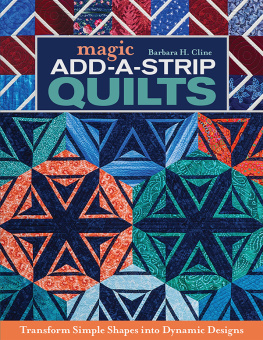
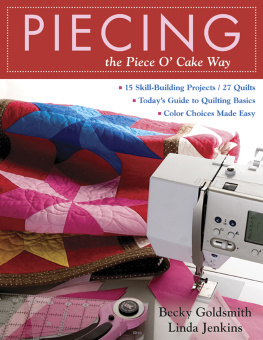
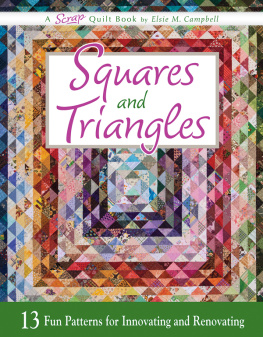
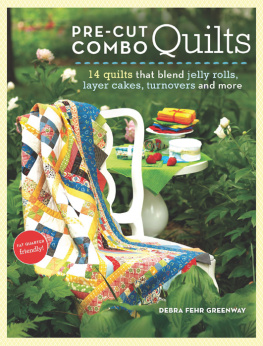
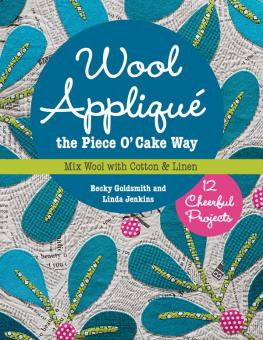
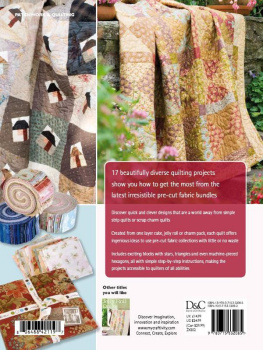
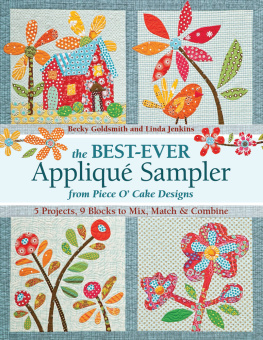
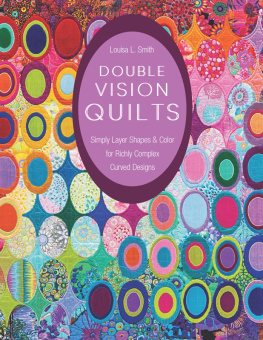

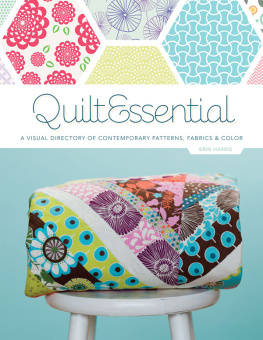
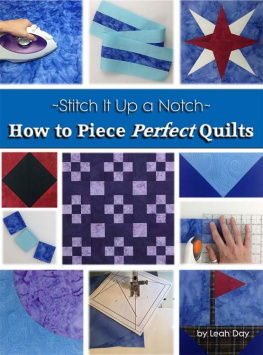
 Layer Cake Squares
Layer Cake Squares 









